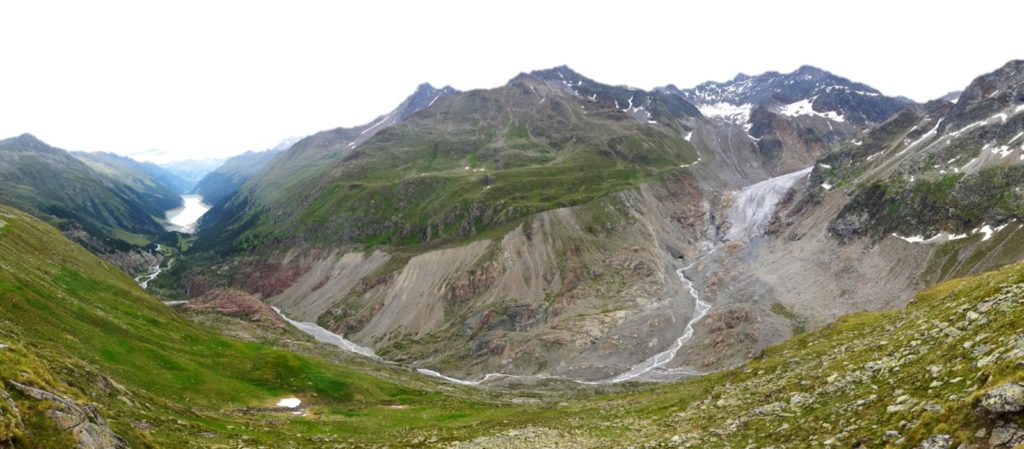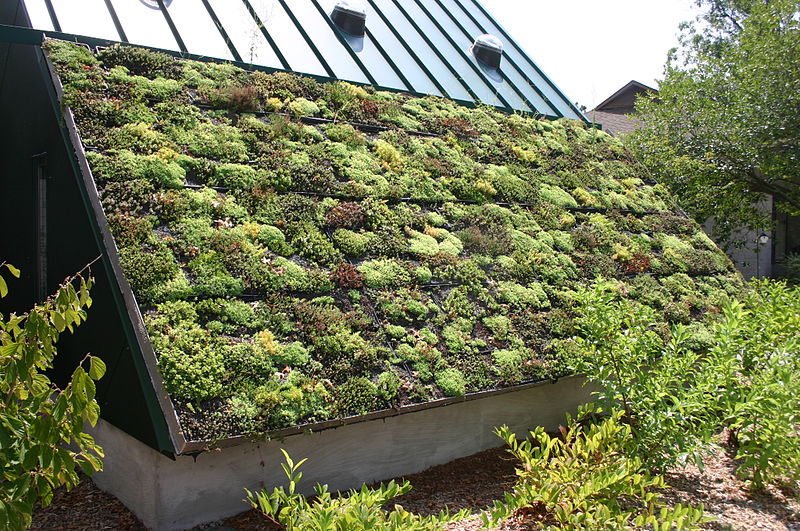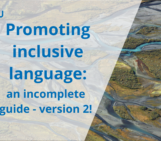
I find the idea of nature-based solutions hugely appealing. Let’s explore what it means!
Nature-based harmony
Over billions of years, natural ecosystems have co-evolved solutions that prevent their damage and destruction. So why do we think we can do better, with only 10,000 years of innovation? We can restore and reproduce the natural behaviour of ecosystems in the places we inhabit, Nature-Based Solutions. Work with the bounty of nature, amplify it, connect to it, and live harmoniously within its planetary bounds.
Kaunertal, Austria, a narrow, arrow-straight Alpine valley, deep-sided, steep-sided, lined with lush forest. At its head, the Kaunertaler Gletscher, a silken-white scarf of a glacier draped within the steepening valley floor. In front of the glacier, its foreland is paraglacial, its geomorphology conditioned by retreat of the glacier, grey sediments fractured and dumped in moraines. Humans have watched the glacier, flowing forward with less and less ice, retreating terminus, in decline, for many years. But our documentation of this decline pinpoints the progression of processes of vegetation colonising the vacated land, greening the grey, nature’s solution to stabilise slopes of slumping sediment.

Kaunertal, Austria. The Kaunertaler Gletscher terminus can be seen right of centre. The vegetation successions studied are growing in the paraglacially-conditioned foreland comprising grey morainic sediments. Photo credit: Stefan Haselberger
Stefan Haselberger carefully records this verdant succession, its creeping carpeting of the valley side, noting the microcosmic detail of the biota, the plant species, the microbes and their interdependence. These symbiotic interactions provide a solution based in nature. As we change our planet’s precipitation patterns through global warming, Alpine slopes become more unstable. Seeding sediments with microbe-assisted mixtures stabilises slopes, reducing slumping and sliding, protecting rural mountain infrastructure and precious ecosystems alike. A nature-based solution.
But the benefit of nature-based solutions extends farther than the rural life. Even our urban spaces have a plethora of problems, pluvial, pollutants, power, that can solved by studying natural ecosystems. Imagine a city, grey concrete towers, concrete streets, few trees, little space for biodiversity beyond pigeons. Reimagine the city now, urban concrete roofs replaced with green roofs, more trees, space in the streets for microgardens, bursts of vibrant flora amongst the mundane infrastructure. Concrete forces fast flash flooding, flowing and overwhelming drains and adits, canalised streams and ducts. Slow the flow. Green up the grey space, let plants, soil and roots take the strain of the rain.

Roof and wall structures are ideal for urban greening. Credit: Ryan Somma
The reduced impact from flooding is just one of myriad reasons green roofs are vital in cities, Elena Cristiano tells us. Green roofs are simple, yet effective: plants grow, store carbon, slow floods, grow foods, clad buildings with a natural heat-retaining layer. The nexus, an interwoven spider’s-web of benefits to water, food, energy and biodiversity, depends on green roofs. Biodiverse cities, high parks with happy inhabitants, connected to nature, calm and caring.
When we work with nature, we work with positivity. Healthy, sustainable cities, a healed, biodiverse ecosystem in the coasts, forests, plains, hills and mountains, beneficial to all. You do not work and play in these landscapes, you live within them, harmonise with them through nature-based solutions.
Thanks to Stefan Haselberger and Elena Cristiano for providing information on the importance of their research! Stefan is a PhD student under the PHUSICOS project at the University of Vienna, on twitter as @S_Haselberger. Elena is a postdoc at Universita Cagliari, studying urban hydrology, flooding and mitigation through nature-based solutions, on twitter as @criselena89.




